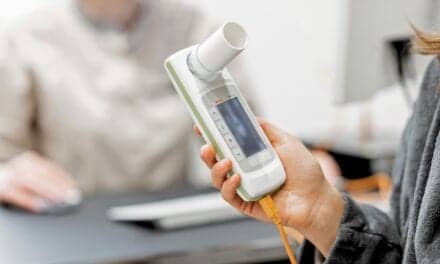Inner-city children with asthma may be particularly vulnerable to air pollution, according to a new study from the National Institutes of Health (NIH) and the Environmental Protection Agency (EPA).
Researchers found that inner-city children have significantly decreased lung function following exposure to higher concentrations of the air pollutants sulfur dioxide, airborne fine particles, and nitrogen dioxide. The study’s authors report that inner-city children with asthma experience adverse health effects from air pollutants even when air pollution levels are within the current air quality standards of the EPA.
This new information proves that the recently lowered standards for ground level ozone might not have been drastic enough. The standards were reduced from 80 parts per billion to 75 parts per billion, however, scientific advisors were calling for a much lower number than 75. This study shows that 75 parts per billion is still too high for the lungs of some groups.
To conduct the study, researchers examined the data of 861 children ages 5 to 12 years who were included in the NIAID Inner-City Asthma Study. All of the children lived in low-income areas in seven inner-city communities across the United States. Children’s asthma symptoms, breathing function, and school absences were recorded over a 2-year period. This data was compared with daily outdoor pollution measurements, which were obtained from the EPA’s Aerometric Information Retrieval System. Data was also collected from parents who were asked to give observations of their child’s symptoms.









